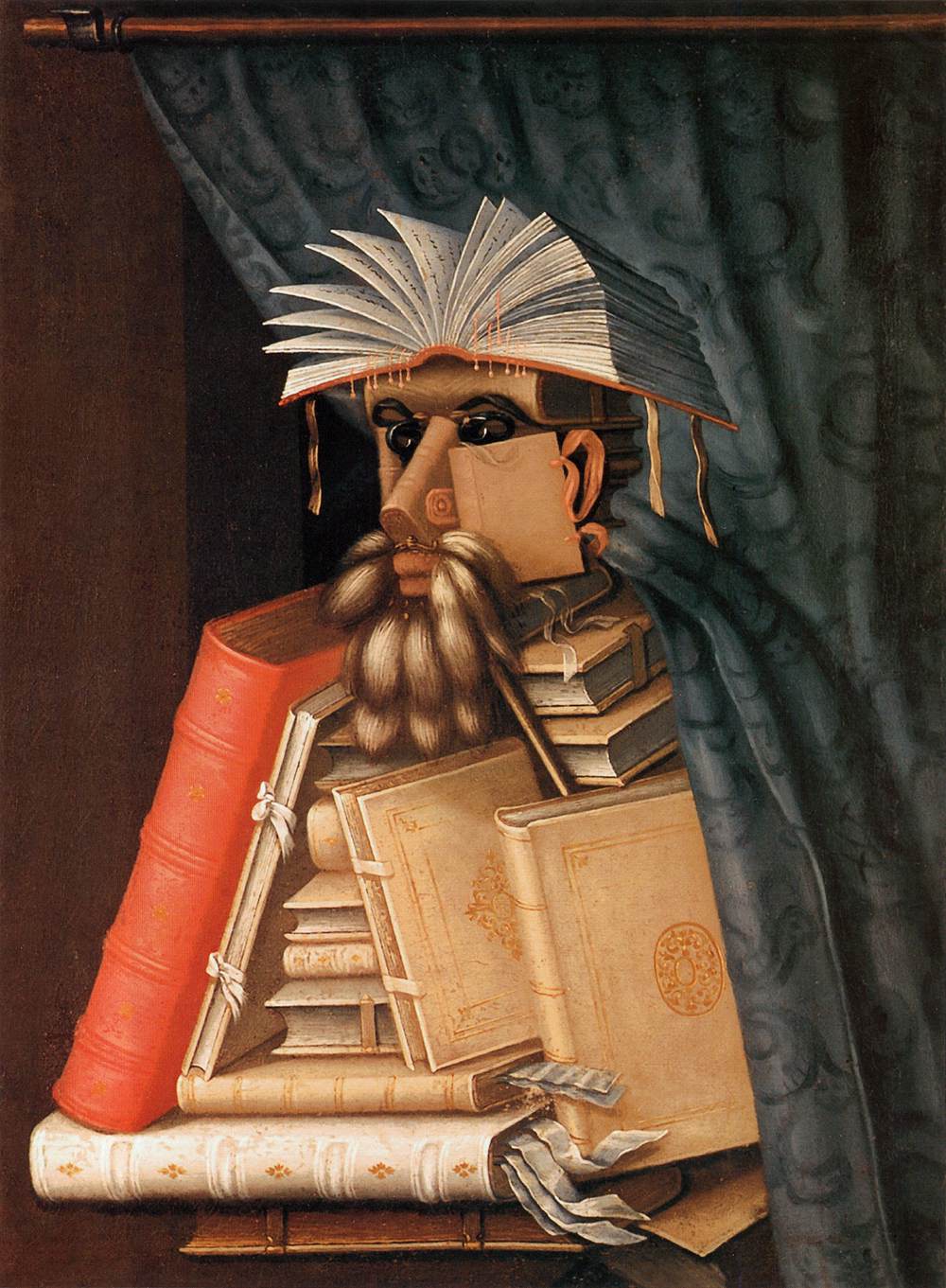Description
Giuseppe Arcimboldo's painting "The Librarian" is a masterpiece of the art style known as Mannerism. This style is characterized by the exaggeration of forms and the distortion of reality to create a surreal and fantastic image.
The composition of the painting is unique and fascinating. Arcimboldo uses objects such as books, maps and globes to create the figure of the librarian. The objects are arranged in such a way that they form a human face, which makes the image even more intriguing.
Color also plays an important role in painting. Arcimboldo uses a rich and vibrant color palette to create an image that is both realistic and fantastic. The warm, earthy tones of the books and paper contrast with the cool, bright tones of the globes and metal objects.
The history of the painting is interesting. It was created in the 16th century for the Austrian Emperor Rudolf II, who was a great art collector. The painting was considered a masterpiece in its day and has been admired by art lovers ever since.
But there are lesser-known aspects of painting that are also fascinating. For example, it is believed that Arcimboldo used his son as a model for the figure of the librarian. Furthermore, the painting is said to have been created to celebrate the opening of the Imperial Library in Vienna.
All in all, "The Librarian" by Giuseppe Arcimboldo is an impressive work of art that combines reality and fantasy in a unique and fascinating way. Its artistic style, composition, color and the story behind the painting make it a work of art worth admiring and studying.

